- No products in the cart.
Doxazosin 4 mg tab teva-30 pcs
$8.23
Doxazosin 4 mg tab teva-30 pcs
Description
Composition
Active substance:
doxazosin mesylate (calculated as doxazosin) 4.85 mg (4.00 mg);
Excipients:
150.11 mg of microcrystalline cellulose, lactose (anhydrous) 80.00 mg sodium carboxymethylstarch (type A), 2.40 mg colloidal silicon dioxide 0.24 mg Sodium lauryl sulfate 0.24 mg magnesium stearate 2.16 mg.
Description:
white oval pills Valium c and engraving «D4» on one side.
Product form:
4 mg tablets.
10 tablets in a blister of aluminum foil / PVC / PVDC. 3 blisters with instructions for use placed in a cardboard box with a first opening control.
Contraindications
Hypersensitivity to doxazosin, other quinazoline derivatives or any of the auxiliary components of the drug, the other alpha-blockers; BPH in conjunction with hypotension and orthostatic hypotension in history; BPH in combination with impaired permeability of the upper urinary tract; chronic urinary tract infectious disease, urolithiasis, urinary incontinence due to overfilling of the bladder, anuria, progressive renal failure; simultaneous application of inhibitors of phosphodiesterase-5 (PDE 5), including sildenafil, vardenafil and tadalafil; severe liver function abnormalities (application experience is insufficient); lactation, age under 18 years (effectiveness and safety have been established); lactose intolerance, lactase deficiency and malabsorption syndrome glyukozogalaktoznoy.
Carefully
Coronary heart disease or other heart disorders: pulmonary edema with aortic or mitral stenosis, heart failure with an increase in minute ejection, right ventricular failure due to pulmonary embolism or exudative pericarditis, left ventricular failure with low pressure ventricular filling (see “Special instructions”). ; cerebrovascular accidents, hypertensive retinopathy III or IV level, type 1 diabetes, liver dysfunction and mild to moderate severity; elderly, the simultaneous application of thiazide diuretics or other antihypertensives.
Dosage
4 mg
Indications
Benign prostatic hyperplasia (BPH) in the presence of both hypertension and with normal blood pressure.
Hypertension: in combination with other antihypertensive agents such as thiazide diuretics, beta-blockers, blockers “slow” calcium channels or angiotensin converting enzyme inhibitors.
Interaction with other drugs
Doxazosin enhances the antihypertensive effect of antihypertensive agents (when used in combination with two doses required correction).
There were no adverse interaction with the simultaneous application of doxazosin and thiazide diuretics, furosemide, beta-blockers, blockers “slow” calcium channels, angiotensin converting enzyme inhibitors, antibiotics, hypoglycemic agents for oral administration, uricosuric drugs and anticoagulants.
Doxazosin has no effect on the degree of binding to plasma proteins, blood digoxin, phenytoin.
While the use of inducers of microsomal oxidation in the liver may increase the efficiency of doxazosin, inhibitors – decrease.
Nonsteroidal anti-inflammatory drugs (especially indomethacin), estrogens and sympathomimetic drugs can reduce the antihypertensive effect of doxazosin.
Eliminating alpha adrenostimuliruyuschee effects of epinephrine, doxazosin may cause tachycardia and hypotension.
The simultaneous use of derivatives sulfonilpiperazina (selective PDE 5 inhibitors) such as sildenafil, tadalafil, vardenafil may lead to hypotension.
Overdose
Symptoms: marked reduction of blood pressure, sometimes accompanied by fainting.
Treatment: the patient immediately to be placed in the supine position, lift the legs and arrange for replenishment of circulating blood volume.
Symptomatic therapy. Hemodialysis is ineffective.
pharmachologic effect
Pharmacological group:
alpha1-blocker
Pharmacodynamics:
Doxazosin is a selective competitive blocker of the postsynaptic alpha 1 adrenergic receptors (affinity for the alpha1 receptor 600 times higher than alpha2) decreases total peripheral vascular resistance, prevents vasoconstriction caused by catecholamines, which ultimately leads to lower blood pressure (BP) without development of reflex tachycardia.
Reduces pre- and afterload. After a single oral decrease blood pressure develops gradually, the maximum effect developed after 2-6 h. And maintained for 24 hours.
In hypertensive patients with blood pressure in the treatment of drug was the same in the “standing” and “lying.”
Doxazosin is effective in hypertension, including, accompanied by metabolic disorders (obesity, impaired glucose tolerance).
Acceptance of the drug in patients with normal blood pressure are not accompanied by a decrease in blood pressure. With prolonged use of doxazosin in patients developing tolerance.
During treatment with doxazosin observed plasma concentrations decrease in triglycerides, total cholesterol. Concurrently a slight increase (by 4-13%) the ratio of high density lipoprotein cholesterol to total cholesterol.
Given the established relationship of hypertension and lipid metabolism with coronary heart disease (CHD), a beneficial effect of doxazosin on both blood pressure and lipid profile reduces the risk of CHD.
Long-term treatment with doxazosin observed regression of left ventricular hypertrophy, inhibition of platelet aggregation and the elevation of tissue plasminogen activity.
Due to the fact that doxazosin blocks alpha1-adrenoceptors located in the stroma and prostatic capsule and bladder neck, there is a decrease in resistance and pressure in the urethra, internal sphincter resistance decrease. Therefore, the purpose of doxazosin in patients with symptomatic benign prostatic hyperplasia (BPH) leads to a significant improvement in performance and reduction urodynamics manifestations of disease symptoms.
Has an effect in 66-71% of patients, the onset of action – 1-2 weeks with regular use, a maximum – after 14 weeks, the effect persists for a long time.
Pharmacokinetics:
After oral administration at therapeutic doses doxazosin well absorbed, the absorption of 80-90% (simultaneous food intake slows absorption for 1 hour). The maximum concentration in plasma is created in 3 hours. When evening reception time to maximum concentration is prolonged to 5 hours.
Bioavailability – 60-70% (first pass metabolism). Communication with blood proteins – about 98%. Excretion of plasma takes place in two phases, with a finite half-life of 19 – 22 hours, which allows to take the medication once a day.
Doxazosin is extensively metabolized in the liver by O-demethylation and hydroxylation.
Patients with hepatic impairment of function, as well as when taking drugs that may alter hepatic metabolism, may disrupt the biotransformation of doxazosin.
Basically outputted via the intestine (65% as metabolites and about 5% unchanged). Kidneys output 10%. Pharmacokinetic studies with doxazosin in the elderly and in patients with kidney disease showed no significant pharmacokinetic differences.
Pregnancy and breast-feeding
So far, the experience with the drug-Doxazosin Teva in patients with arterial hypertension during pregnancy is inadequate. Therefore, despite the absence of teratogenic and embryotoxic effects of experimental studies, the drug-Doxazosin Teva may be administered during pregnancy only after careful weighing of the doctor benefit / risk ratio, when the benefit to the mother outweighs the potential risk to the fetus.
It is not known whether doxazosin is excreted in breast milk. If necessary, use Doxazosin-Teva during lactation should stop breastfeeding.
Conditions of supply of pharmacies
On prescription
side effects
The frequency of adverse events classified according to the recommendations
World Health Organization: very often – at least 10%; often – at least 1% but less than 10%; infrequently – at least 0.1% but less than 1%; rarely – at least 0.01% but less than 0.1%; very rare, including isolated reports – less than 0.01%.
From the blood and lymphatic system: very rarely – leukopenia, thrombocytopenia, erythropenia.
Immune system: rarely – hypersensitivity reactions, angioedema.
On the part of metabolism and nutrition: often – asthenia; Infrequent – increased appetite, anorexia, weight increase.
Central nervous system: often – headache, dizziness, drowsiness; rarely – depression, anxiety, insomnia, tremor, hypoesthesia, syncope, transient ischemic attack; very rarely – paresthesia, postural dizziness.
From a sight organ: very rarely – blurred vision, intraoperative iris syndrome sagging.
On the part of the organ of hearing: often – vertigo; rarely – ringing in the ears.
With the cardiovascular system: often – palpitations, marked reduction in blood pressure, tachycardia, postural hypotension; rarely – angina, myocardial infarction; very rarely – bradycardia, arrhythmia, “tides” of blood to the skin.
The respiratory system: often – cough, dyspnea, rhinitis, bronchitis, upper respiratory tract infection; rarely – nosebleeds; very rarely – bronchospasm.
On the part of the digestive tract: often – dyspepsia, dryness of the oral mucosa, nausea, abdominal pain; rarely – constipation, flatulence, vomiting, diarrhea, gastroenteritis.
Of the liver and biliary tract: rarely – increased activity of “liver” transaminases; very rarely – cholestatic jaundice, hepatitis.
For the skin: often – itching; seldom – a skin rash; very rarely – urticaria, alopecia, purpura.
On the part of the musculoskeletal system and connective tissue disorders: often – pain in back, chest, myalgia; Infrequent – arthralgia; very rarely – muscle weakness, muscle spasm.
On the part of the kidney and urinary tract: often – cystitis, urinary incontinence, peripheral edema, urinary tract infection; rarely – dysuria, hematuria, urinary frequency; rarely – polyuria; very rarely – increased diuresis, violation of urination, nocturia.
On the part of the reproductive system: rarely – impotence; very rarely – gynaecomastia, priapism, retrograde ejaculation.
Other: often – flu-like symptoms; infrequently – the pain of various localization; very rarely – weakness, malaise.
Laboratory findings: rare – hypokalemia, hypoglycemia; very rarely – uremia
serum creatinine.
special instructions
Before treatment of patients with BPH drug Doxazosin-Teva should be deleted prostate malignancy or other causes, leading to urinary retention.
As at the beginning of therapy, as well as by increasing the dose of the drug the patient should be warned of the need to avoid situations in which dizziness or weakness may result in injury.
Precautions prescribers elderly patients, patients with renal or liver failure, patients who are on a diet or malosolevoy receiving therapy with diuretic drugs.
It is recommended to monitor blood pressure regularly.
Because the drug has vasodilating effect, it should be used with caution in patients with heart disease who require emergency care: pulmonary edema due to aortic or mitral stenosis, right heart failure caused by pulmonary embolism or exudative pericarditis, left ventricular failure with low filling pressure of the ventricles; in patients with severe myocardial ischemia too fast or marked decrease in blood pressure can lead to increased symptoms of angina.
Particular caution should be exercised when administering the drug Doxazosin-Teva in patients with impaired hepatic function, especially in those cases where the drugs are used at the same time, could adversely affect the function of the liver. In case of deterioration of the functional condition of the liver drug overturned immediately.
Should be used with caution in drug-Doxazosin Teva simultaneously with drugs affecting metabolism in the liver (e.g., cimetidine).
Caution must be exercised while the use DoksazozinTeva preparation with thiazide diuretics or other antihypertensives; if necessary dose combination therapy Doxazosin-Teva reduced.
In order to prevent orthostatic reactions, patients should avoid unexpected and sudden shifts in body position (transition from the “lying” to “standing”).
With the simultaneous application of the drug Doxazosin Teva-PDE 5 inhibitors increases significantly the risk of pronounced decrease in blood pressure (see. Contraindications section).
In some patients previously treated with tamsulosin, during surgery for cataracts was marked “intraoperative iris syndrome flabby” (ISDR, kind of narrow pupil syndrome). Some reports have also been obtained when applying other alpha1-adrenoceptor blockers, so we can not exclude possible influence class of these drugs.
During the surgery (cataract), you must inform the ophthalmologist surgeon the use of alpha 1 adrenergic blockers.
Effects on ability to drive vehicles and working with machinery
In the period of treatment should refrain from driving and classes of potentially hazardous activities that require high concentration and psychomotor speed reactions.
Storage conditions
Store at a temperature not higher than 25 degrees.
Keep out of the reach of children!
Dosing and Administration
Preparation Doxazosin Teva-1 is taken orally once a day (morning or evening), regardless of mealtime, liquid squeezed a sufficient amount of water.
In the treatment of benign prostatic hyperplasia initial dose – 1 mg / day to minimize the possibility of orthostatic hypotension and / or syncope. If necessary, depending on the urodynamic parameters and the presence of BPH symptoms increase the dose (1-2 week intervals) to 2-4 mg / day. The maximum permissible dose is 8 mg per day.
The recommended maintenance dose – 24 mg / day.
In the treatment of hypertensive patients the initial dose is 1 mg per day at bedtime. After the first dose, the patient must stay in bed for 6-8 hours. This is required in connection with the development of the phenomenon of “first dose” is particularly pronounced on the background of the previous diuretics.
When insufficient therapeutic effect of the daily dose can be increased to 2 mg every 1-2 weeks. Subsequently, every 1-2 weeks the dose can be increased to 2 mg.
The vast majority of patients, the optimal therapeutic effect is achieved at a dose of 8 mg per day. The maximum daily dose of 16 mg per day may not be exceeded. After reaching a stable therapeutic effect dose is generally reduced (the average therapeutic dose for maintenance therapy is typically 2-4 mg per day).
In elderly patients and patients with impaired renal function is recommended to be prescribed the drug Doxazosin-Teva in normal doses.
Patients with impaired liver function requires careful selection of doses.
Clinical data on the use of the drug-Doxazosin Teva in patients with severe liver failure (see. Contraindications section).
Doxazosin Teva drug-taking for a long time. The duration of treatment determined by the doctor.
Information
Appearance may differ from that depicted in the picture. There are contraindications. You need to read the manual or consult with a specialist
Additional information
| Weight | 0.100 kg |
|---|---|
| Manufacturer | TEVA |

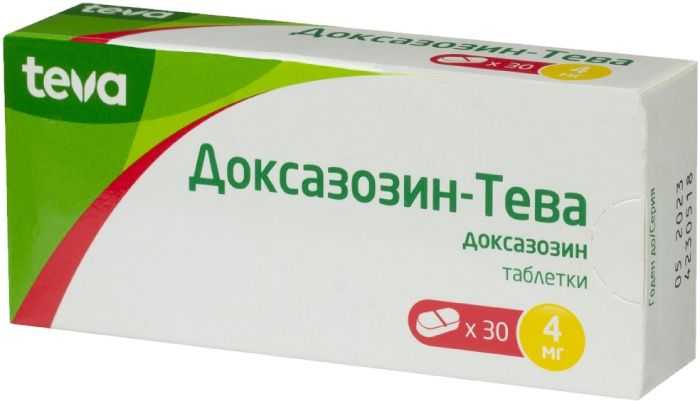
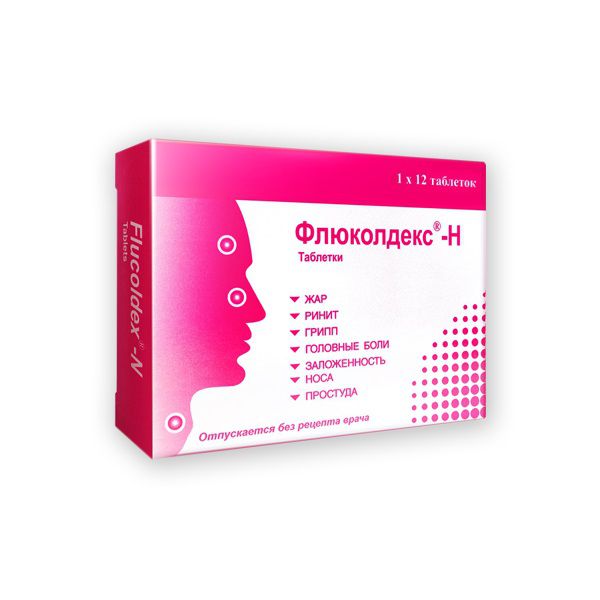
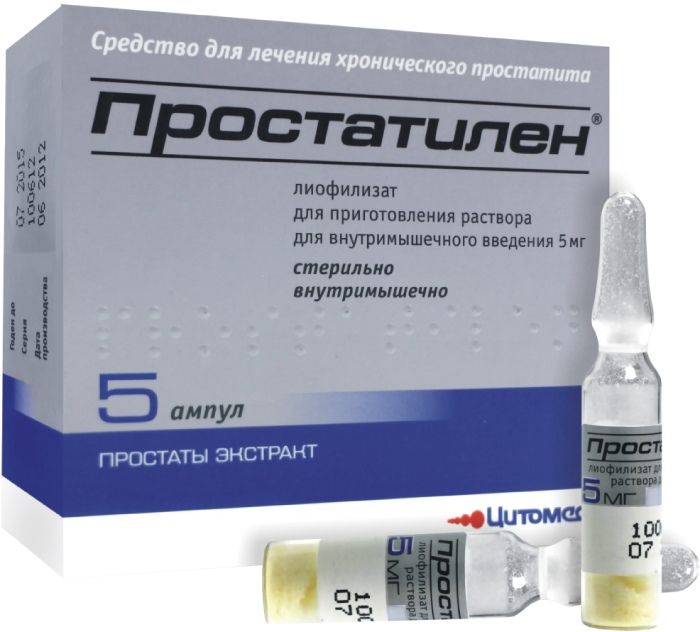
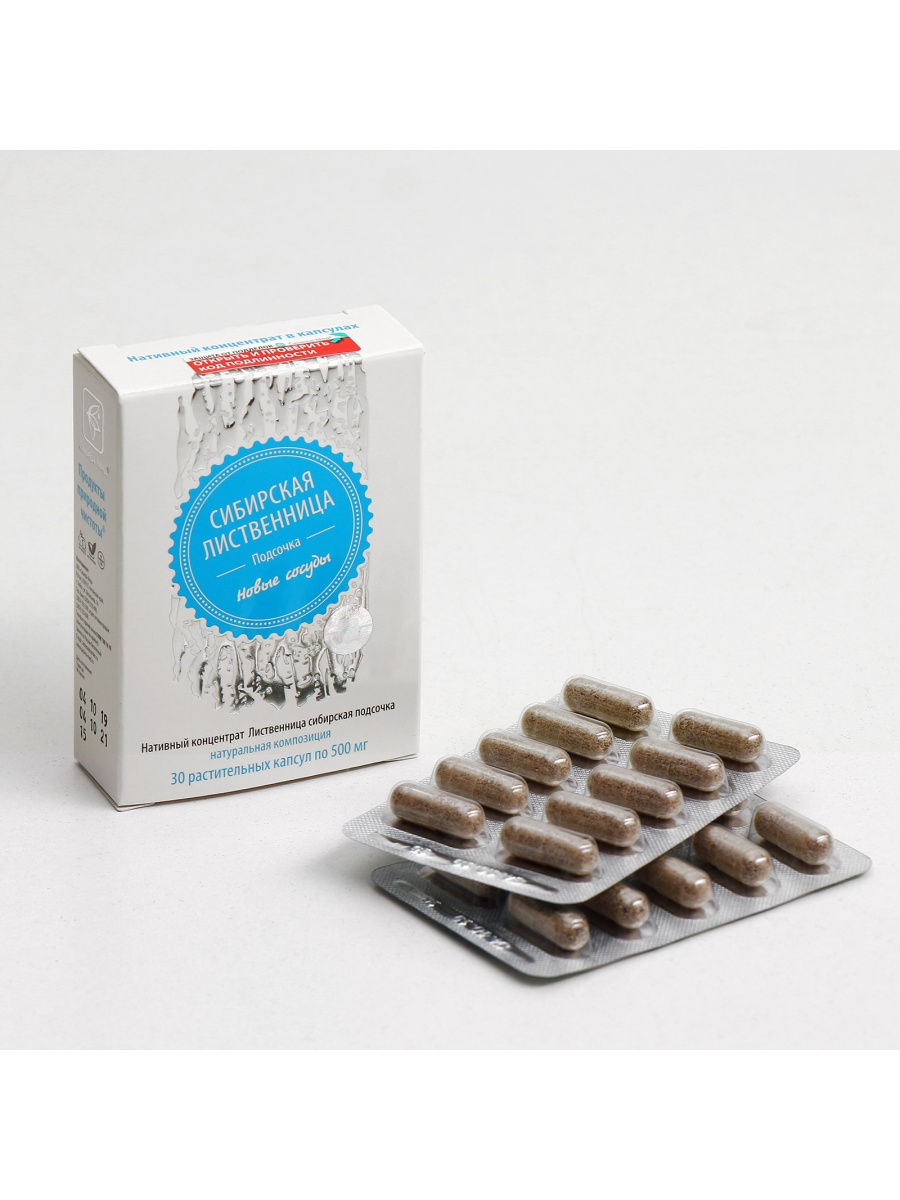
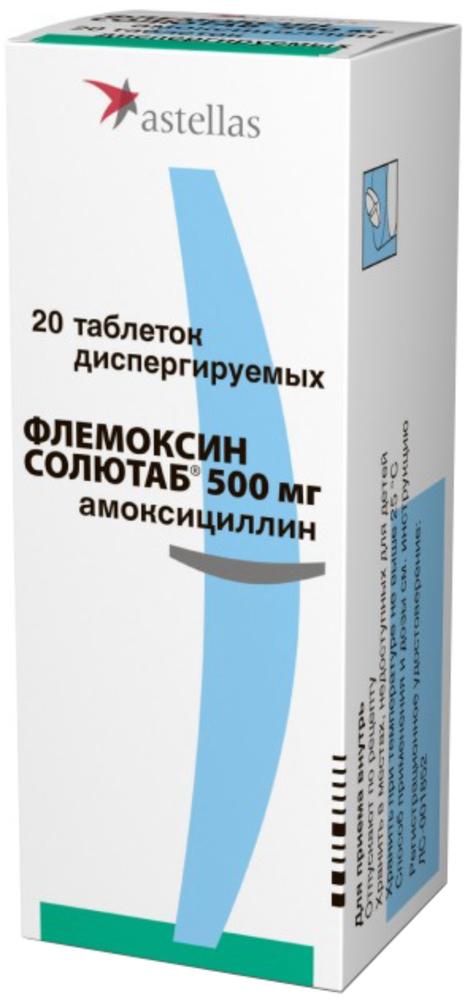
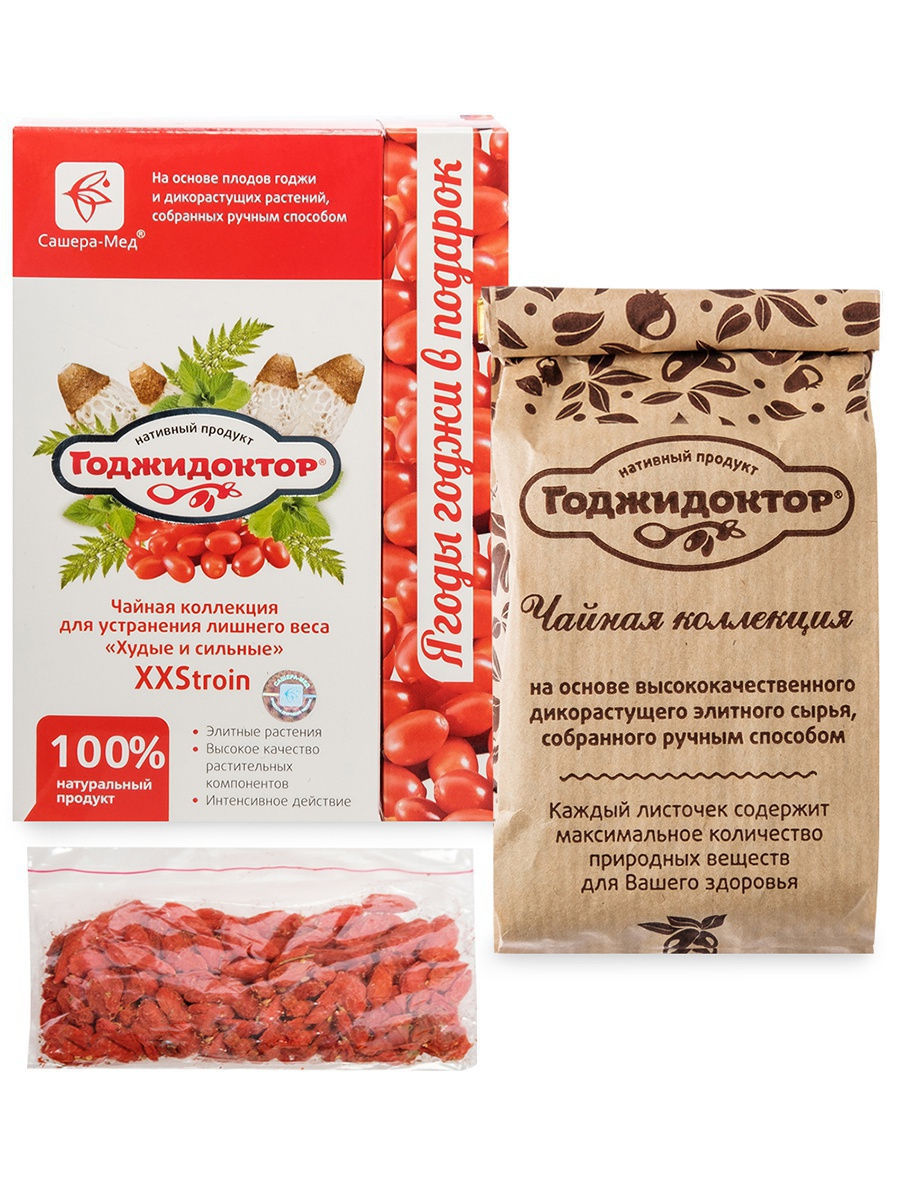
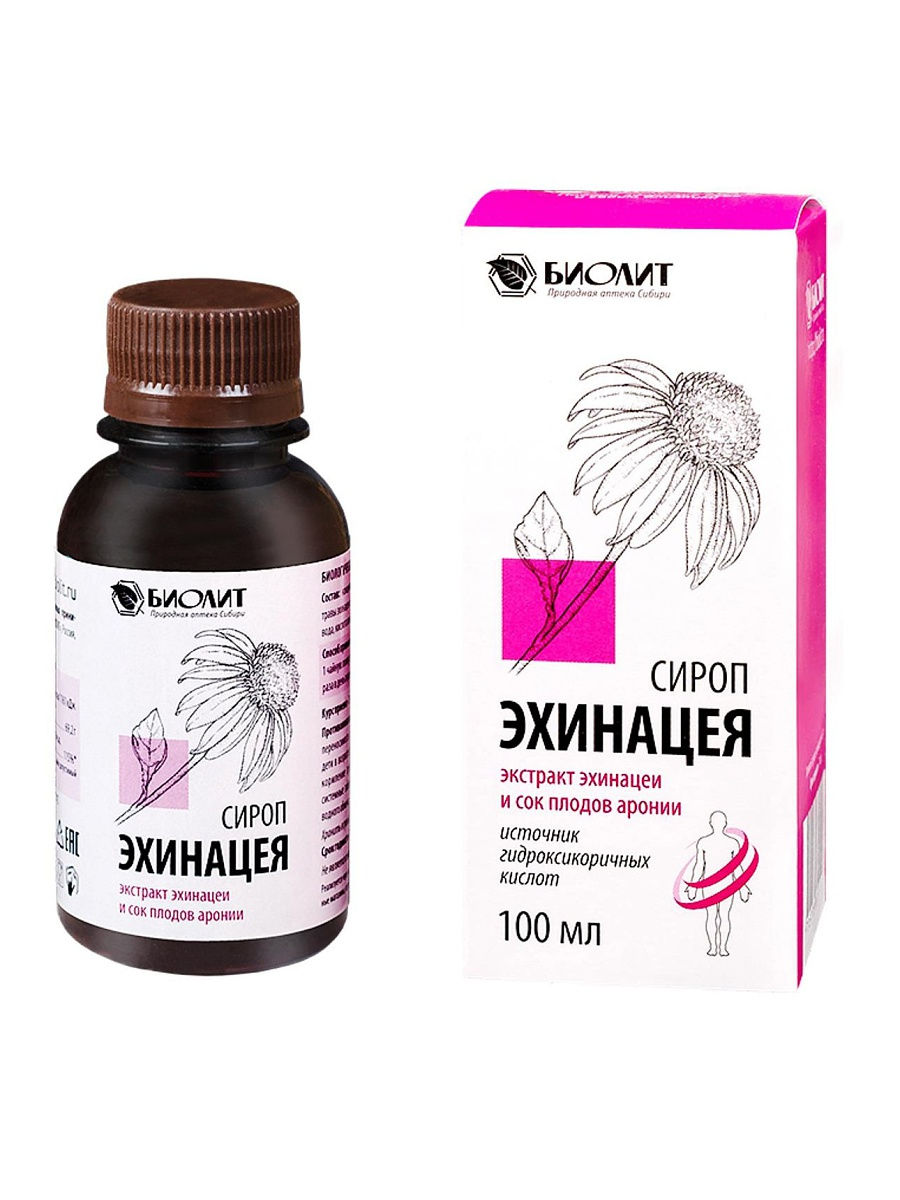





There are no reviews yet.